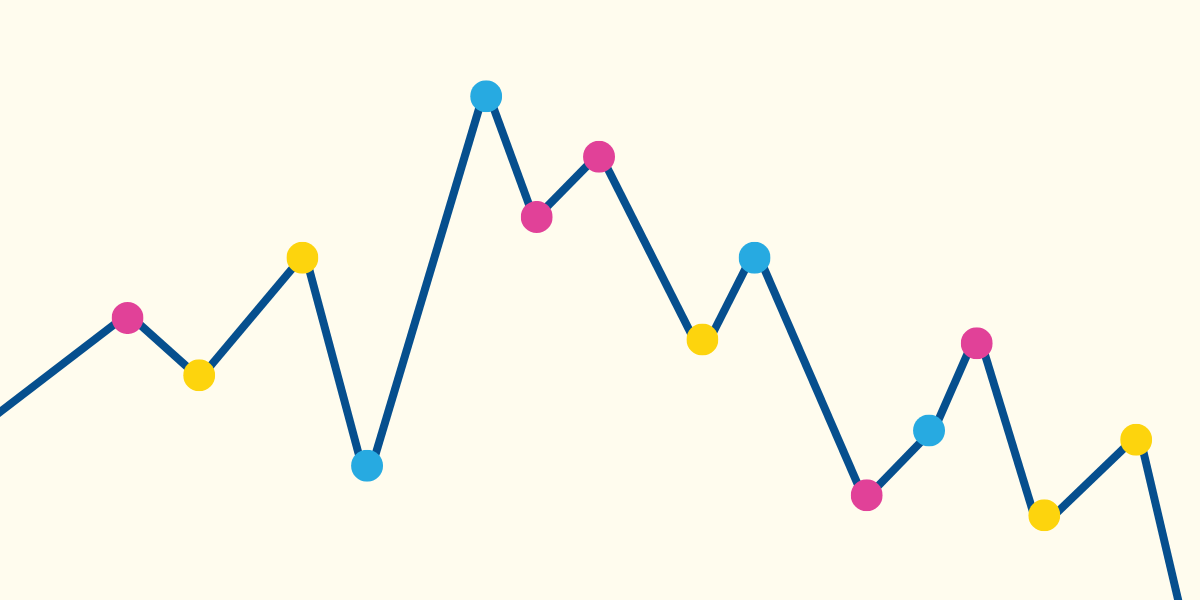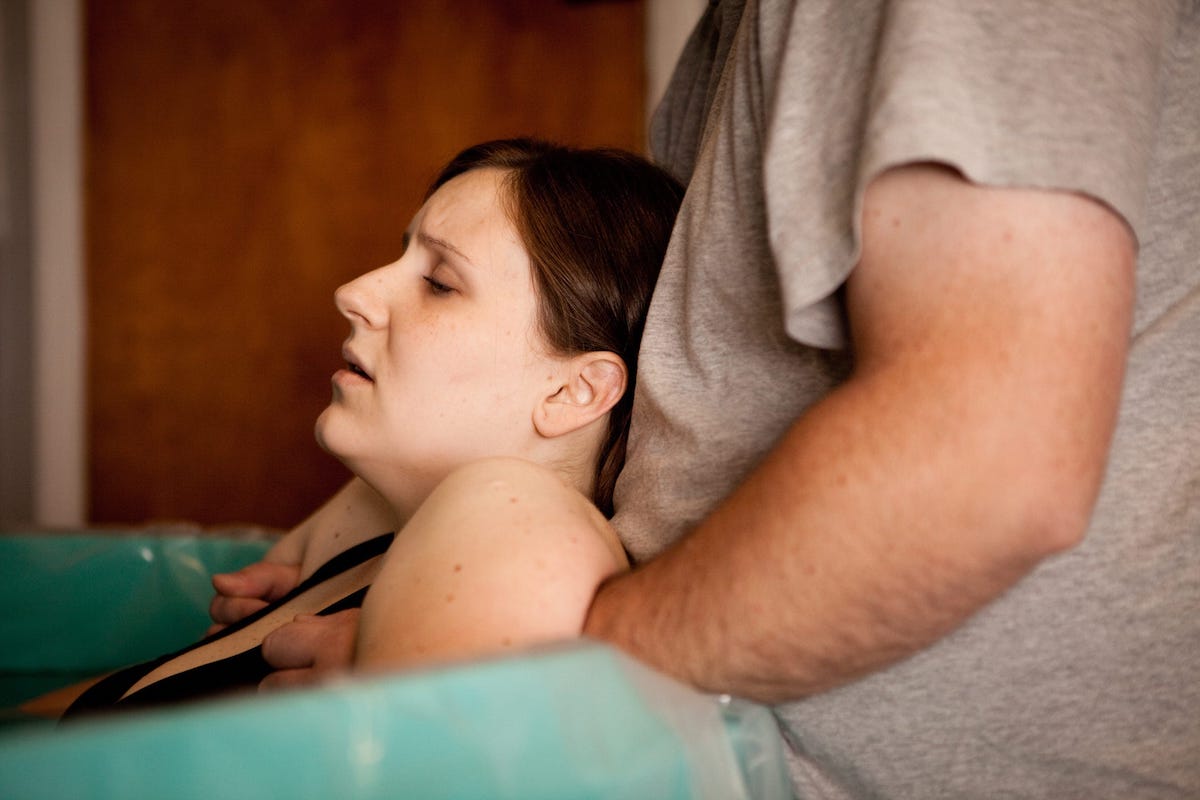A week or two ago I promised some newsletter variety, and here I am following through.
One of the wonderful things about writing books is that other people send you their books to read, often before they are out. In the last year I got to read everything from Early (about prematurity) and The Trying Game (about IVF) to Veritas (about a forged biblical fragment).
And even more fun, sometimes authors offer to really engage. Reading a book is always a bit like being in conversation with an author, but even more fun is actual conversation.
So: I am very excited today to relay an (virtual, obviously) conversation I had with the author of Raising a Rare Girl, which is out tomorrow. You can find it here.
I loved this book, and I do not want to give too much away. But for some context… the book is Heather Lanier’s memoir about raising a child, Fiona, with a very rare genetic condition. It’s about navigating a system to advocate for your kid, but also about navigating her own feelings and changing her expectations for what is possible. It’s about abelism, and disability, and love. It’s just great.
So: enjoy the conversation and, if you do, consider the book. And thanks, Heather, for engaging with me!

This quarantining experience is a ridiculous juggling act, for sure. I wrote to a friend recently that we’re always juggling a hundred balls, and some days, half the balls are on the floor, and the other half are actually feelings. In other words, it’s an emotionally complex time. I’ve bought Marc Brackett’s Permission to Feel and have made it a point to ask everyone in the house regularly, “How are you feeling?” I might be overdoing it, but I’ve caught some truly remarkable moments this way.
My husband and I have also prioritized exercise. He now lifts a bar of giant weights in the garage. I manically jump around in the living room to Shaun T’s instructions. The unintended plus is that Fiona has actually made some pretty impressive gross motor gains. She does the workout videos with me, and can now get two or three inches of air between her feet and the floor. In all this chaos, there have been unexpected gifts like that. Here and there, we get to connect with each other in ways we otherwise wouldn’t have. But make no mistake, this is an incredibly hard time–for every parent!
Since then, we’ve met amazing doctors. But we’ve also met medical professionals who’ve continued to view our child as less-than or broken in some way. These are sometimes very good people. But they can’t help but express a value embedded in our culture–that a person with disabilities, particularly intellectual disabilities, is somehow worth less. It can be painful. But it’s also eye-opening.
One of the most surprising discoveries was that I too was ableist. Six or so months into Fiona’s life, it dawned on me that I’d always valued an able-bodied life more than a disabled one. This was not an explicit idea, not a belief I actively cultivated. But in acknowledging this, I take a cue from Ibram X. Kendi, author of How to Be an Anti-Racist, who argues that, to be anti-racist, a person needs to admit their implicit racism. I think the same can be said for the work of anti-ableism.
I’d always been an overachiever. I’d been measured and ranked my whole life, separated into “smart kid” classes as early as third grade. By the way, the earliness of that says more about American education than it does about me! But I’d totally bought into the yardsticks used to measure human beings. And then I had Fiona. She did not “meet the milestones,” as they say. While kids her age were sitting up, she was still working on head control. And yet, I saw in her eyes what every parent sees in their child: the weight and measure of the world. She was awesome! So, in having Fiona, I not only realized how much grip those yardsticks had on me, I saw their ultimate silliness–and their ableism.
Here’s another surprising moment. At a year old, Fiona could only make two sounds, Ah and Mm. Based on the developmental charts, her therapists said she functioned at the age of a 4-month-old. They seemed chronically disappointed in her. Then we moved to a new state, and Fiona had a new speech evaluation. Immediately, the therapist interacted with Fiona differently. She saw all that my daughter could do! This happened in her first seconds with Fiona. The therapist walked through the door and said “Hello.” Fiona clapped and smiled. The therapist looked at me and said, “She just greeted me. That’s a great sign.”
Throughout the evaluation, I got to see my daughter’s communication through a new lens of capabilities. She was a little over a year old, and she couldn’t babble, but she could process novel requests. She could articulate some of her needs, with only those Ah and Mm sounds. She could “greet” people, not yet with a wave, but with a smile and a clap. This therapist saw Fiona as very, very capable in communication–with plenty of room to grow.
So I realized that the milestone charts–those yardsticks we use for infants–simply can’t capture the complex expression of human growth. Because the former therapists were often pretty pessimistic about Fiona’s achievements, I also saw that using those charts to peg a kid as a certain “developmental age” can have really adverse effects. I later learned that there are two lenses through which you can view a kid: deficit lens, and capacity-building lens. Does an educator see “what’s broken and in need of fixing?” This is deficit-thinking, and it’s based in ableism. Or does the educator see what the child is capable of, and then make a plan to to build on that? This capacity-building lens honors the humanity of the child.
Interestingly enough, I later read that capacity-building educators tend to set higher goals for their kids–and help them achieve higher outcomes.
Also, pay attention to your gut when you know you’re in the company of the opposite. It feels super icky to be sitting with someone who sees your kid as a series of deficits. This is why so many of us loathe IEP meetings–because some special educators are stuck on the questions of “What’s wrong? How is this kid outside the measure of ‘normal’? How can we squeeze them back onto the normal curve?” Reject those people’s values. As Thomas Armstrong, Executive Director of the American Institute for Learning and Human Development, said, “We don’t look at a calla lily and say that it has a ‘petal deficit disorder.’ We appreciate its beautiful shape.” The same is true for our neurodiverse kids.
I did write about my kids more when they were younger–when they were literally tethered to my body. That felt right, because we were so inextricably linked–and therefore our narrative was too. I’ve always been wary of any absolute ban on parents writing about their kids. It has gendered implications. Women do the bulk of the caregiving in this country. Prohibiting them from writing about their experiences harkens to that whole idea of “keeping the domestic sphere private.” Historically, the domestic sphere has been the sphere of women, so if it must stay private, then we’re prohibiting women from owning their expertise.
To me, the question is not “Should we write about our kids,” but “How?” Now that my kids are older, I don’t write about them so much as I write about the conditions of being their parent. I try to keep the focus on my own narrative, not theirs. And I’m always weighing the costs and benefits of what I write. “If I tell this story, why? Is it to inspire change? Is it just to vent? Who could be hurt if I write this?” Every nonfiction writer asks these questions, and there are no hard-and-fast rules, but we intuit our way, with love. I wrote about this process in this blog post, the summer before Fiona entered kindergarten. A lot of it remains true.
Community Guidelines
















Emily:
Let me start by asking : how is your family doing with the virus? How have you been surviving quarantine? How old are the kids now and how is Fiona doing?